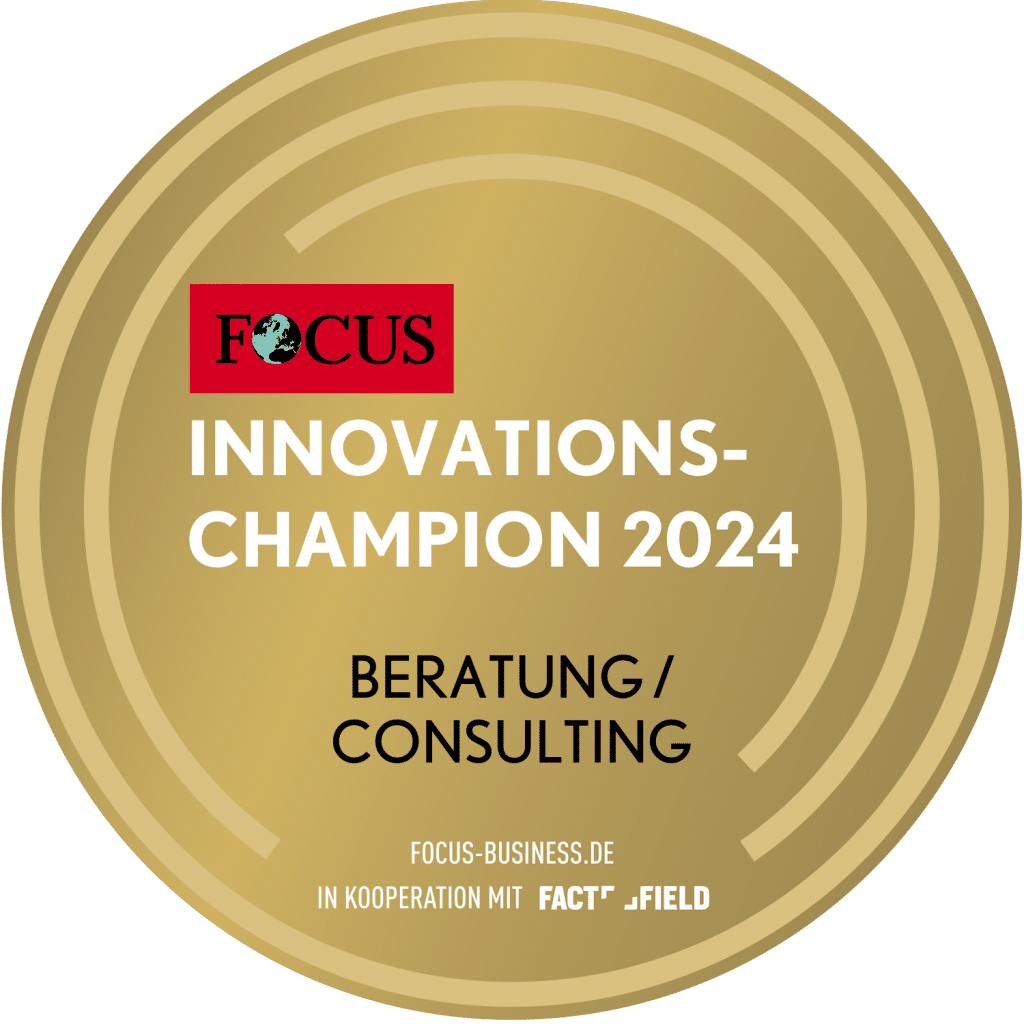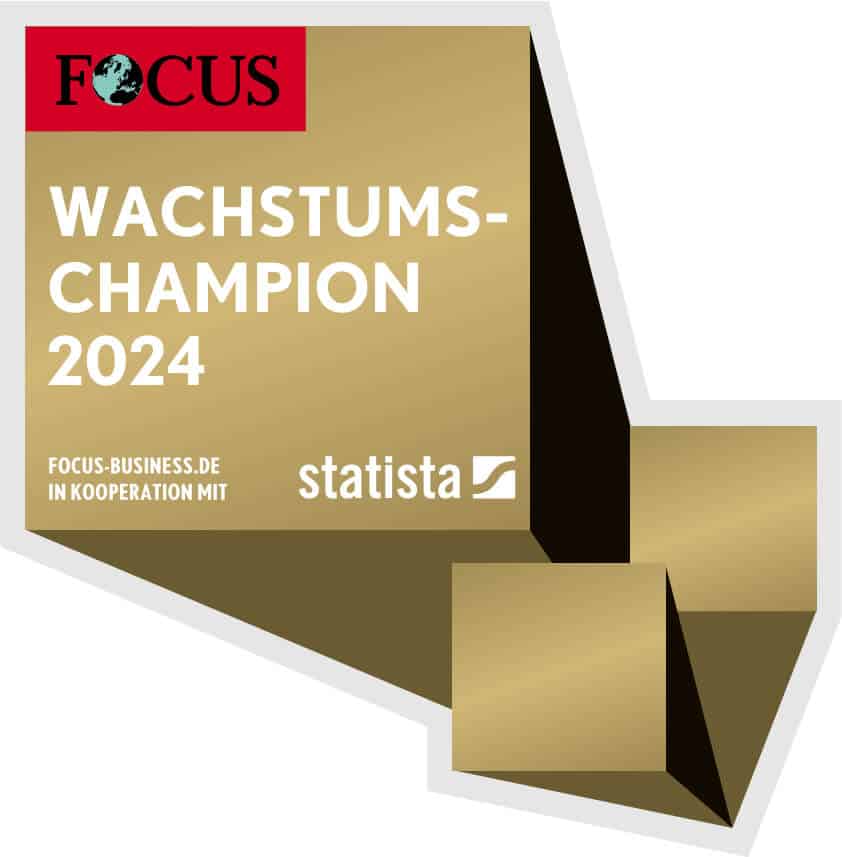Agile ideas are great, but all too often they are not applied in practice. In addition, there is a confusion of terms and there is often confusion about the methods and a transfer into practice often fails. To a certain extent, there is chaos and uncertainty when it comes to innovation methods, especially when it comes to optimizing your own processes. This is despite the fact that more and more companies are becoming aware of the importance of agility and innovation and have both on their agenda. This article sheds light on the subject. These are the different areas of application and the specific transition points that need to be considered.
Fundamental questions about agile methods
"When should we use design thinking?" "Does it actually achieve anything, or is it just another gimmick?" "What is the purpose of a design sprint?" "Is Lean Startup only suitable for startups?" "Where and how does Agile fit in?" "What happens after the methodology phase?" "Will we manage the transfer into practice?" These are all very frequently asked questions.
Only a few have the time and leisure to deal with these issues in depth. In the stressful day-to-day running of a company, neither is usually available anyway. Surveys have shown that Agile is the best known of the agile methods. Design thinking is currently experiencing a hype. In contrast, Lean Startup is less well known.
However, all methods have one aspect in common. They work with the same goal: to deliver concrete results in relatively short iterative cycles, which can then be tested for suitability. True to the motto "Build, Measure and Learn". Making mistakes is part of the mindset here - and therefore part of the process.
Agile methods and the underestimated prerequisite for their successful use
Unfortunately, these methods are still often used incorrectly by companies. In particular, the current trend method of design thinking is often misused in order to pretend to be agile. However, if the initial phases of user observation and idea generation are not followed by consistent and rigorous prototyping and testing, all previous effects will soon be lost. In addition, after the initial hype, it takes a great deal of consistency and perseverance to integrate this method into everyday corporate life. To achieve this, know-how, a willingness to change and internal stakeholders are required.
But how are all these methods connected? Can several methods be used at the same time? Does that help or does it do more harm?
There are numerous diagrams that show how the Design Thinking, Lean, Design Sprint and Agile methods flow into one another. However, the transition points, i.e. when to switch from one method to another, are very controversial and different. There are simply too many similar tools in the methods and therefore also overlaps.
The innovation spectrum
Whether design thinking, lean, design sprint or agile - all have their raison d'être in the field of innovation methods and create added value for users. It therefore makes sense not to weigh them up against each other and take sides with one or the other. Instead, they should all be seen as tools and techniques with their own toolboxes that can offer the corresponding benefits when used at the right time. The topic of innovation has very different connotations in companies: it can range from research into an abstract problem area to the further development of existing solutions to the development of new offerings in a specific market area. As different as the innovation efforts in the companies are, as different as the individual methods work and as much as you can benefit from a joint application - the prerequisite for success is experience and corresponding methodological competence.
Business models as a starting point for selecting the appropriate method
One aspect that plays a decisive role in determining which method makes sense, but often seems to be overlooked, is the maturity axis of the business model. For both established and adjacent products, business models are often very well understood. For start-ups or disruptive innovations within an established company, however, the business model must be validated experimentally. As a result, the methods used should also differ.
Agile methods in overview and comparison
But how do agile methods really differ? Design Thinking, Lean Startup, Design Sprint and Agile are briefly examined below.
Design Thinking
Design thinking really shines when it comes to better understanding the problem area and identifying the real needs of users.
There are different approaches to design thinking, but they all follow the same principle: divergent and convergent thinking alternate. In the divergent part, so-called insights are explored by the users. Many insights are gathered by building empathy with the users. In the convergence part, these insights are bundled and the most important pain points, wishes, problems or tasks that need to be completed are identified.
During the process, many ideas are developed in order to have a large number of possible solutions before the most promising ideas are filtered out, prototyped and tested. Design thinking focuses mainly on qualitative rather than quantitative findings.
Lean Startup
The slight difference to design thinking is that in most cases the entrepreneur (or intrapreneur) already has a good understanding of the problem area - there are already solutions on which the business model is to be built.
In principle, Lean considers everything initially as a hypothesis or assumption until validation, so that even a good understanding of the problem space is initially only an assumption. The assumptions are customer-oriented and prioritized and validated according to risk for the overall solution. The process of validating assumptions is simultaneously the development of a prototype (build), testing (measure) and learning (learn) whether our assumption or hypothesis still stands.
Lean utilizes qualitative insights early on, but later forces users to define meaningful quantitative data to measure how effectively the solution is addressing the problem and whether the growth strategy is on track.
The term "get out of the building" is often associated with Lean Startup, but the same principle of Customer approach naturally also applies to Design Thinking (... and Design Sprint... and Agile...).
Design Sprint
It seems that the Google Venture method Design Sprint has its roots in a technique described in the Lean UX book. The strength of a design sprint is to share insights, develop ideas, prototype and test a concept in a 5-day sprint. Considering the short time frame, design sprints only focus on one part of the solution, but it is an excellent way to really quickly recognize if you are on the right track or not.
Agile
Just like dealing with the uncertainty of our problem, solution and market assumptions, agile development is an excellent way to deal with uncertainty in product development, although agile methods are not necessarily only applicable to products. With agile methods, it is not necessary to specify every detail of a product in advance, because in reality there are usually many assumptions and uncertainties.
Agile is a highly suitable method for checking and verifying these assumptions and at the same time creating a minimum viable product (MVP) (to use the jargon of Lean Startup). Work is carried out in short sprints in which results and tasks are prioritized and validated.
Which agile method will it be?
There is no clear rule as to when you should start with which method and where. There is obviously no perfect or THE one way and transition point from method A to method B. There is simply too much overlap, and this significant overlap could be the explanation for why some people claim that one method is better than the other.
Be that as it may, most innovation methods can offer great added value, and it is really up to the team to decide where to start and when to apply which methods and techniques. To build such a competent team you need, as mentioned above - besides capable, open and motivated people (T-Shape) - a great deal of perseverance and the will to change the mindset of your company.
The most important thing that all methods have in common is their unwavering and consistent customer/user focus. And this is the only way to make innovations possible in the first place.
(Cover image: © REDPIXEL | fotolia.com)


